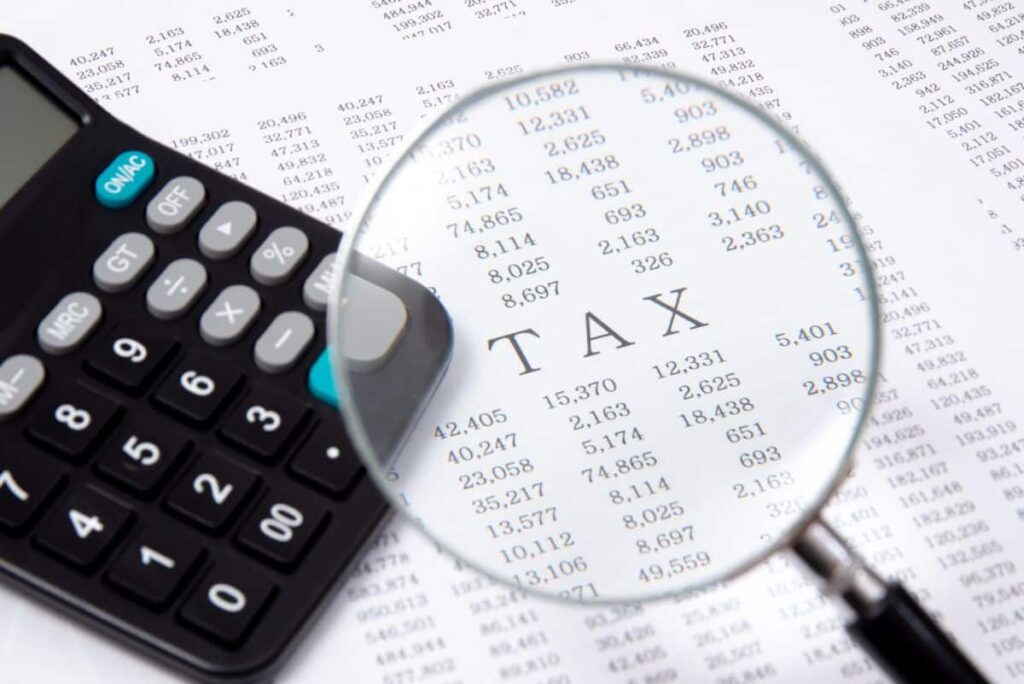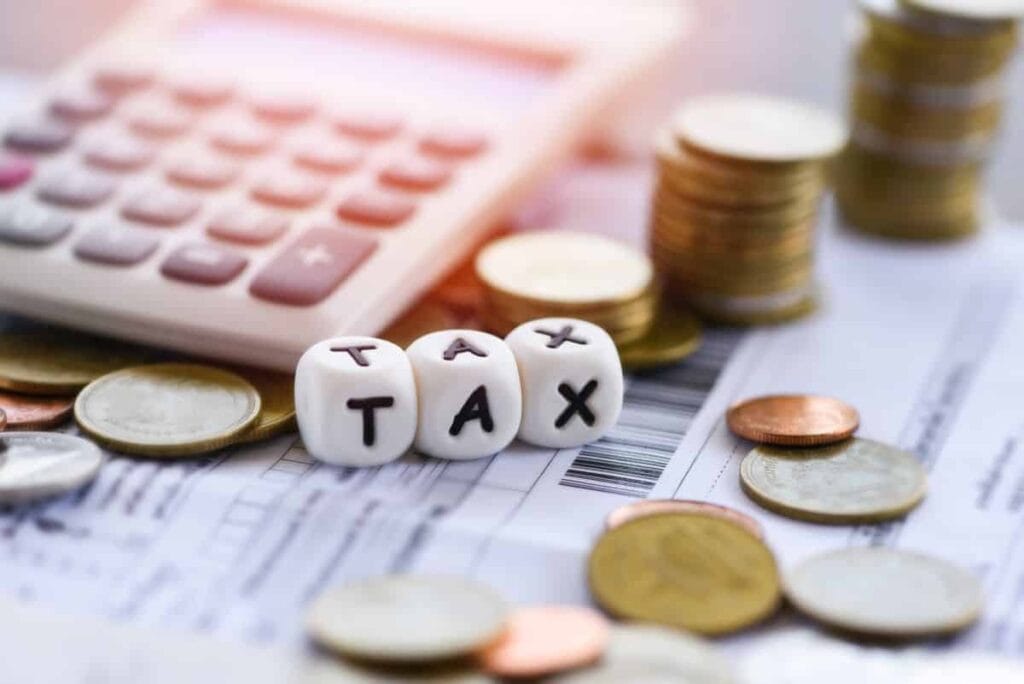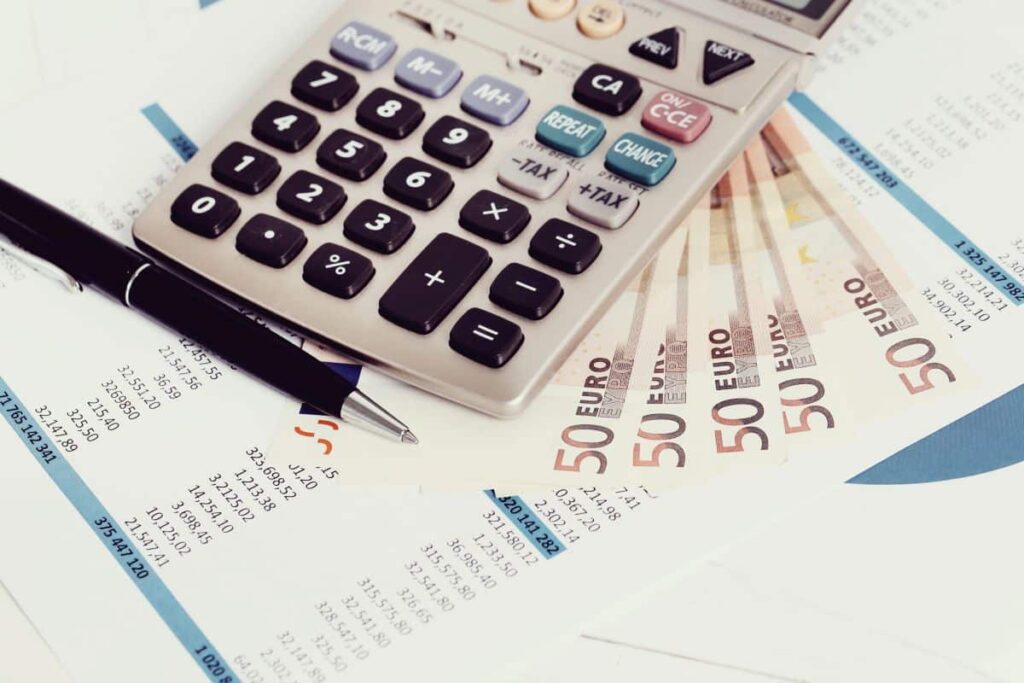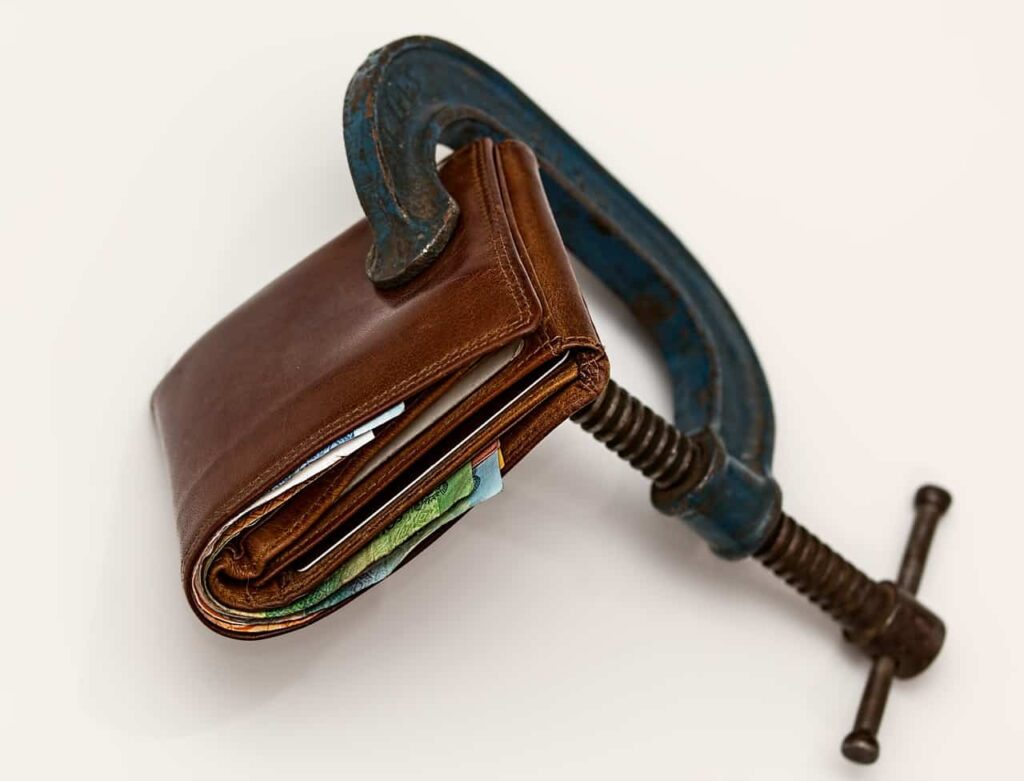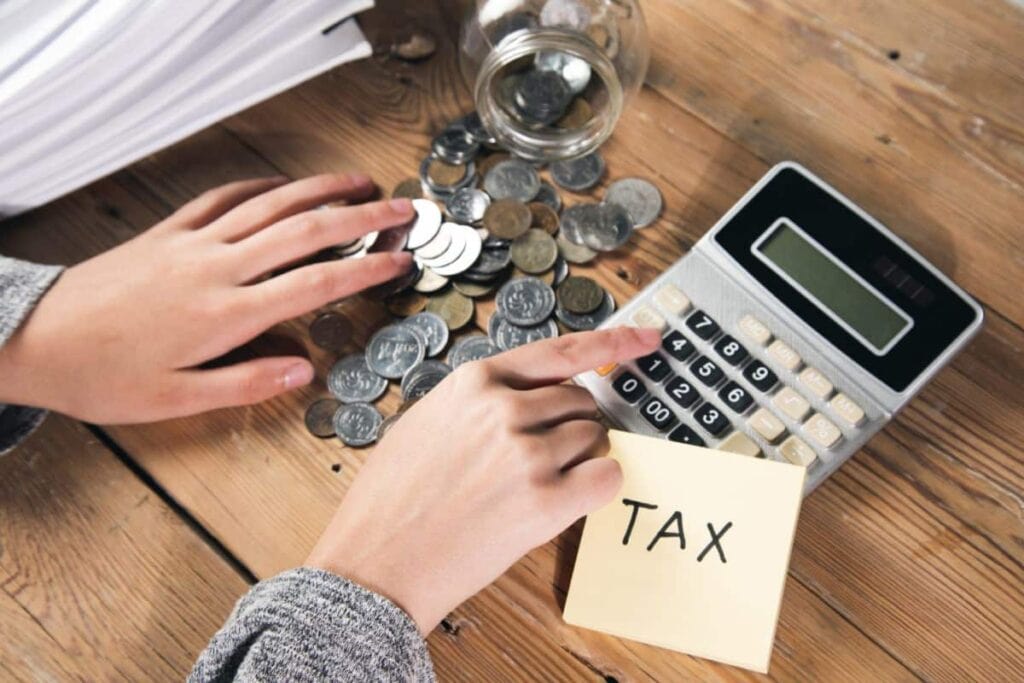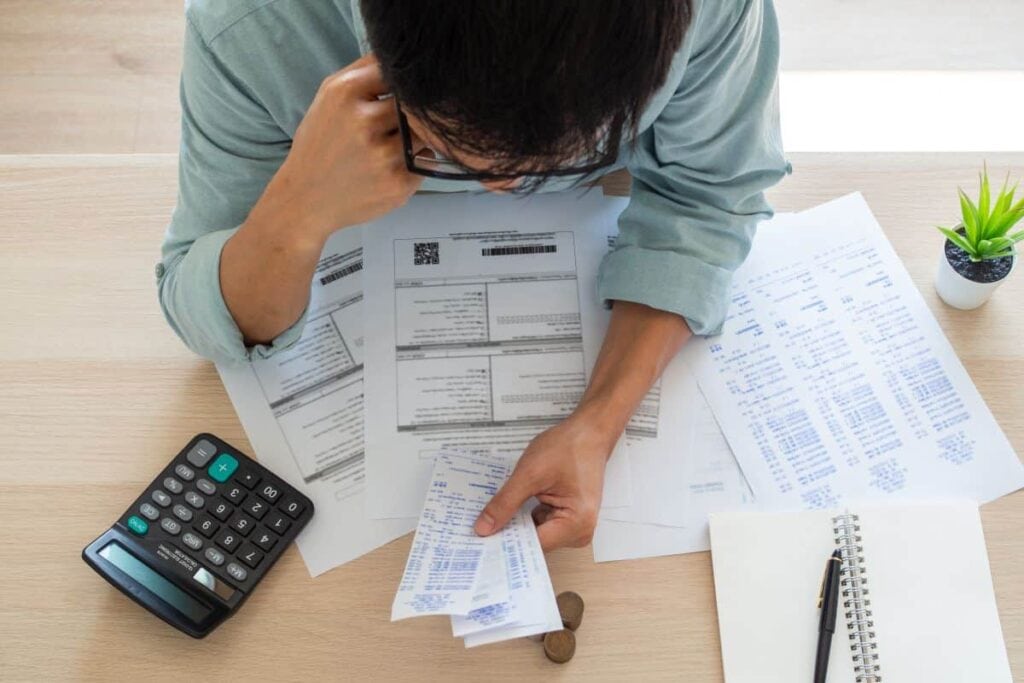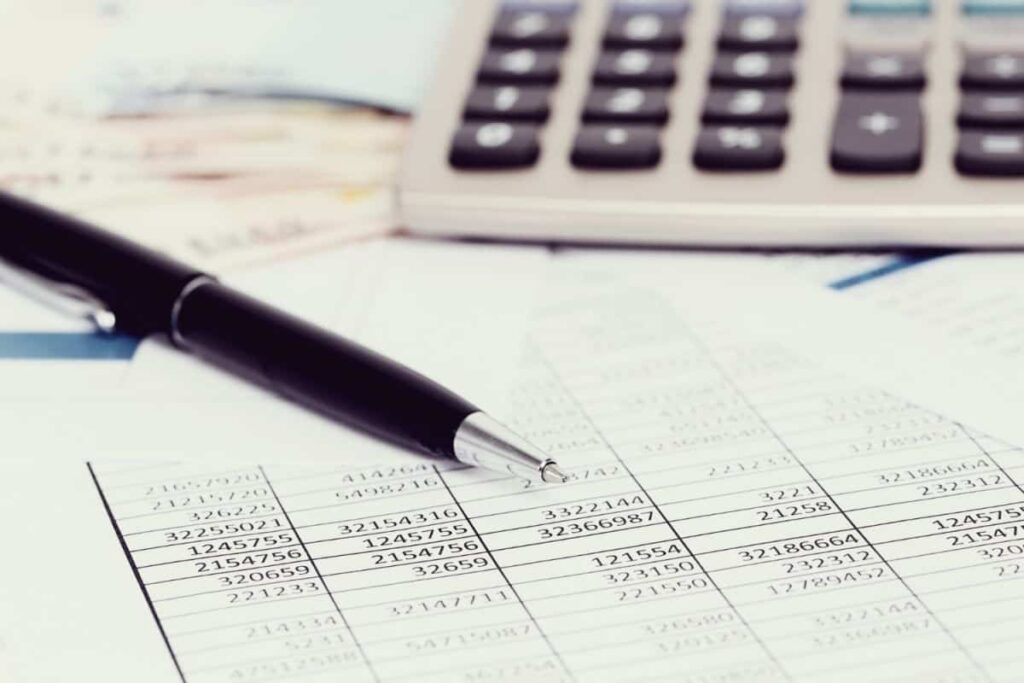What is the Tax-Free Threshold and How to Claim It
There is a good probability that you can take advantage of the tax-free threshold if you are an Australian resident for the purposes of the tax system. You are allowed to earn up to this specified sum of money per year without being subject to any form of income taxation. This article will provide an explanation of the tax-free threshold as well as for instructions on how to claim it. In addition to that, we will offer some advice on how you can lower the amount of income that is subject to taxation. Continue reading in order to obtain all of the information that you require, regardless of whether you work full-time or part-time!
The amount of money you can earn in a given year without having to pay taxes has been determined to be the tax-free threshold. It is a significant benefit that can assist lower the amount of income that is subject to taxation and save you money. This article will provide an explanation of the tax-free threshold as well as for instructions on how to claim it. In addition, we will offer some advice on how to maximize the benefits of this advantageous tax cut.
Do you have an understanding of the tax-free threshold and how to make a claim for it? If not, there is no need for concern because this blog piece will clarify everything that is necessary for you to know. The amount of money you can earn in a given year before being subject to any kind of federal or state income tax is referred to as the tax-free threshold. You merely need to fill out a straightforward form and hand it over to the Australian Taxation Office in order to make a claim for the tax-free threshold (ATO).
What Is the Australian Tax-Free Threshold?
If you are a resident taxpayer in Australia, you are exempt from paying tax on the first $18,200 of any income that you earn. This is referred to as the threshold for tax exemption.
If your total income for the year is less than $18,200, you are exempt from paying taxes. On the other hand, you will typically be required to pay tax on the amount that is greater than $18,200.
The amount of money that the government has determined to be exempt from taxation is referred to as the tax-free threshold. Therefore, if your annual income is less than the amount that is exempt from taxation, you will not be required to pay taxes on any of your income. The threshold at which one is no longer subject to taxation is currently set at $18,200.
As soon as you make more than this amount, your need to pay taxes will increase. The tax-free level is still in effect, but any income received in excess of that amount must be reported and taxed. If you earn $35,000 a year, for instance, you will be subject to taxation of $16,800 because this is the first tax bracket; this means that you will be responsible for paying 19 cents of every dollar that is earned above the threshold.
The tax-free level of $18,200 is equivalent to the following:
- $350 a week;
- $700.00 per two weeks;
- $1,517 per calendar month
When you begin working for a new company, you will be required to fill out a form requesting your Tax File Number (TFN). Answering “Yes” to the question “Do you want to claim the tax-free threshold from this payer?” communicates to your new employer that you intend to make use of the tax-free threshold and that you will be claiming it.
If you have more than one job and your total income is more than $18,200, you can only claim the tax-free level for one of those jobs. If your combined income is less than that amount, you can claim the threshold for all of your employment (normally the higher paying one). If you report income from both occupations, your total tax withholding won’t be adequate, and you’ll wind up owing money to the government when you file your tax return at the end of the year.
Be wary of a potential tax trap that may be generated by the tax-free level if you are a taxpayer who has two or more sources of income.
As a result of the tax-free level, there is a possibility that certain taxpayers who have two or more occupations or other sources of taxable income will unintentionally fall into a tax trap.
Even if the taxpayer and the employers do everything correctly – according to the individual income tax rates determined by the Australian Taxation Office (ATO), the problem will still occur. The problem arises due to the fact that the tax-free threshold only applies to the first employment, while the second job and any jobs that follow it are undertaxed. It is possible for taxpayers to be sent a tax bill at the conclusion of the fiscal year as a result of this.
What Counts as Income in This Context?
According to the ATO, the following types of income need to be reported for tax purposes:
- Earnings from employment;
- Super pensions and annuities;
- payments and allowances made by the government;
- monetary profits from investments (including interest, dividends, rent, and taxes on capital gains);
- Revenue from corporations, partnerships, and trusts;
- Earnings from overseas
Other revenue, such as payments from compensation and insurance policies, discounted shares obtained through employee share schemes, prizes, and awards also counted.
You are also required to report any money or earnings that you get from the following sources:
- Crowdfunding;
- Taxes, as well as the sharing economy;
- Earnings from personal services that are related to payments for labour-hire.
How To Claim The Tax-Free Threshold

It is not difficult to claim the tax-free threshold. When you begin a new position, your company will provide you with a declaration form for a tax file number and need you to fill it out. Then, all you have to do to claim the tax-free threshold is respond “yes” to question 9, which asks, “Do you want to claim the tax-free threshold from this payer?” If you are receiving benefits from Centrelink, the same rules apply to you.
Your new employer will provide you with a document titled “Tax File Number Declaration” when you begin working for them for the first time. At question 8 on this form, you will be asked if you want to claim the tax-free threshold from this payer. “Do you want to claim the tax-free threshold from this payer?” Here is where you check “Yes” or “No,” as appropriate. If you are submitting an application for Centrelink Payments, you will also need to complete this form.
Every time you start new employment, you are required to declare the tax-free threshold on the declaration form for your tax file number since your employer will not automatically compute the amount of tax that you owe using the tax-free threshold for you.
If I have more than one job, will I still be able to take advantage of the tax-free threshold?
It is recommended that you only claim the tax-free threshold for one of your jobs if you have more than one job or if you receive a taxable pension or government allowance in addition to a regular part-time job. If this describes your situation, you should claim the tax-free threshold for only one of your jobs. “if you have more than one payer at the same period, we generally demand that you only claim the tax-free threshold from the payer who regularly pays the greatest salary or wage,” states the Australian Taxation Office (ATO).
At this point, it is highly likely that you will be required to select the “no” option for at least one of your employers. If you answer yes to both employers’ questions, you will wind up paying an inappropriately low amount of tax. As a direct consequence of this, when you file your tax return, the Internal Revenue Service will most likely send you a tax bill. This is due to the fact that an insufficient amount of tax has been charged against you. If you have two jobs and are receiving taxable income from both of them, the job that brings in the most money should be the one that you choose to be your tax-free threshold payer.
In this scenario, your taxable income is determined by combining the two jobs’ wages. For instance, if you have a job that brings in $30,000 per year from Employer A and another job that brings in $25,000 per year from Employer B, your taxable income is $55,000. This is because both jobs contribute to your total income. If this is the case, you would choose employer A as your tax-free threshold because it pays a larger salary than the other job option.
If for whatever reason your taxable income winds up being less than the amount that is exempt from taxation, or if you earn less money during that particular fiscal year, then you will most likely be eligible for a tax refund.
Your other sources of income will be subject to taxation at a rate that is greater due to the absence of a tax-free threshold. Due to the possibility that you may be overtaxed, this lowers the likelihood that you will be hit with a significant tax bill at the end of the fiscal year; nevertheless, you will get this money back in the form of a tax refund at the end of the fiscal year nonetheless.
You have the option to claim the tax-free threshold from each payer if you are convinced that the sum of your annual income from all of your occupations will be less than $18,200. However, if at some point in the future your total yearly income is greater than $18,200, you will be required to submit a withholding statement to one of your employers in order to discontinue claiming the tax-free threshold from them.
On the other hand, if your income is greater than $18,200 and an excessive amount of tax is withheld from your payments, you can submit a request to have that amount of tax withheld from your payments reduced. This will result in you receiving additional pay throughout the year as opposed to a large tax refund at the end of the year. In order to accomplish this goal, you will need to fill out and submit an application for a PAYG withholding modification to the ATO.
People who have many incomes are susceptible to falling into the trap of under taxation if they claim the tax-free threshold for only one of their jobs. As a result, they are hit with a tax bill at the end of the year since their other jobs and incomes were not adequately taxed. According to the Australian Taxation Office (ATO), one way to get around this is to “ask one or more of your payers to increase the amount they withhold from your payments.”
What Are The Consequences If I Fail To Make A Claim For The Tax-Free Threshold?
If you do not claim the tax-free threshold, you will be required to pay tax on all of your earnings, regardless of how much money you make (yes, even if it’s less than $18,200). This is the case even if you make more than the standard deduction, which is $6,350.
If you do not make any claims against the tax-free threshold for a given fiscal year, you run the risk of being required to pay income tax on all of the money that you earn. Since Australia’s income tax brackets and rates are based on the assumption that you do claim the tax-free threshold to avoid paying tax on the first $18,200 of your earned income, this would almost certainly result in you paying more tax than you need to during the course of the year.
Some people choose not to claim the tax-free threshold on purpose as a “tax-free threshold savings strategy,” which causes them to pay more in taxes throughout the year but virtually ensures that they will get a larger tax refund at the end of the year. This strategy is known as the “tax-free threshold savings strategy.” People who aren’t very good at saving money like to use this as a way of forced savings, but it does imply that you’re financially worse off during the year since your take-home income will be smaller. This is popular among people who aren’t very good at saving money.
Even though the ATO will most likely issue you a refund for the amount of tax that you have overpaid once you have completed and submitted your tax return, you will still be required to make additional payments of tax during the year. According to the Australian Taxation Office (ATO), if you want to reduce the amount of tax that is deducted from your pay packet going the future, you can submit a PAYG withholding variation application form.
Should I file a tax return even if I don’t owe any money?
If your annual income is less than the amount that is considered to be tax-free, you will often not be required to submit an income tax return to the ATO. You are not required to file a tax return either, although some important specifics are outlined in the examples that follow (see below). It is possible that you will need to file a tax return in order to receive a refund of some of the taxes that you have already paid. You are required to give the Australian Taxation Office (ATO) a “non-lodgement advise” even if you do not submit a tax return. Free assistance with that is available from Etax.
If your yearly income is greater than the amount that is considered to be exempt from taxation, you are required by law to file a tax return. Your taxable income is determined by the amount of money you made in excess of the amount that is not subject to taxation. The amount of tax that you owe is not determined by a straightforward percentage; rather, it is based on a more involved mathematical formula that has been outlined by the ATO. Despite its complexity, the formula has a pretty straightforward method of operation.
Tax-free threshold – Examples
Let’s examine some real-world scenarios to better understand the tax-free threshold. These three typical scenarios can help you determine whether or not you are required to file a tax return. In addition, the ATO still requires individuals who do not have to file a return to file what is known as a “Non-Lodgement Advice,” which is a topic that will be discussed further on in this article. (Etax will take care of it for you at no cost, however many tax agencies will charge you a fee if you choose not to lodge your return.)
Example 1
You made more than $18,200 in profit.
You are required to file a tax return.
You are obliged to file a tax return if the amount of taxable income you earned during the most recent fiscal year was more than $18,200.
Are you eager to get started right away and fall into this category? Simply click this link to get started, and you might be done in only a quarter of an hour!
Example 2
You paid income tax while having a taxable income that was less than $18,200.
In order to receive a refund of the taxes that you have already paid, you must file a tax return.
You are required to file a tax return even though your income was below the new level for tax-free earnings since you paid tax on any income you earned during the year.
After filing your tax return in this circumstance, it is possible that you may be refunded the entire amount of tax that you have already paid throughout the course of the year.
Do you need that money to be deposited into your account as quickly as possible? Simply start your tax return right now by clicking here.
Example 3

You had an income of less than $18,200, which exempted you from paying any tax on that income.
It’s possible that you won’t need to file a tax return this year.
Good news! It is possible that you will not be required to file a tax return this year if you had a taxable income that was less than $18,200 AND you did not pay any tax on this income.
If you are in the third category, you will not be required to file a tax return in the majority of instances.
You may, notwithstanding this, be required to file a tax return if any of the following apply to you:
- are qualified to receive a reimbursement on their private health insurance;
- possessed a taxable amount of fringe benefits that you were required to report on your PAYG Summary;
- had a superannuation contribution from your employer that was required to be reported on your PAYG Summary;
- incurred a loss or is eligible to receive compensation for a loss sustained in a prior year;
- if you were an Australian resident for tax purposes, had exempt income from foreign employment, and other income totalling at least $1, you would be eligible for the low-income tax rate.
What does it mean to receive non-lodgment advice?
Not required to file a tax return for the current year? That does not mean you can simply ignore it; the ATO cannot be disregarded in any circumstance. Instead of submitting lodgement advice, you will need to submit a non-lodgement advisory. This document will ensure that the ATO does not list you as having an outstanding return that still has to be lodged. It will also explain to the ATO that you are exempt from having to lodge for the current tax year.
Frequent Inquiries Concerning the Tax-Free Limit
Why is my refund less than it was this time last year, or why do I have a balance that I wasn’t expecting?
Because the amount of income that is exempt from taxation was increased to $18,200, it is possible that your employer withheld less tax from your paycheck (and as a result, you received more money for each pay), which has resulted in a lower refund or a bill that must be paid.
This is especially true for taxpayers who hold more than one employment (and payment summaries). Because of the progressive nature of the tax rates, it is possible that the overall amount of tax that is withheld from your income will not be sufficient to meet the total amount of tax that is owed, even if each employer follows the ATO income tax rates correctly when calculating tax withdrawn.
What can I do to prevent anything like this from happening to me again the following year?
In order to make up the difference, you should ask one of your employers to increase the amount of tax that is withheld from your paychecks. Make the necessary arrangements by contacting your company’s payroll department. Your tax expert will be able to provide you with information regarding the amount of the deficit that will apply to each pay period based on this year’s taxes.
Get in touch with the office that’s closest to you and explain how much money you’ve made from each work as well as how much tax you’ve already paid. They’ll be able to tell you if there’s a gap in your payment, and you’ll be able to make up the difference as you go along.
What options do I have if I am unable to pay the tax payment that I owe at this time?
We are able to postpone the submission of your tax return until the following year’s deadline. You will be required to complete the tax return, and we will hold it for lodgement in May or on the date that the ATO specifies as being your due date for lodgement.





